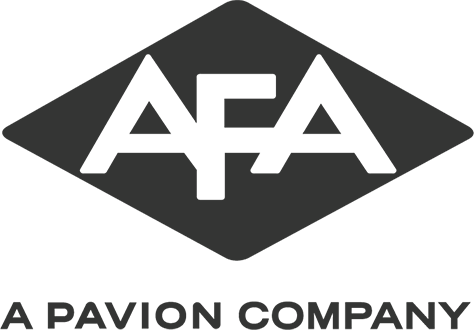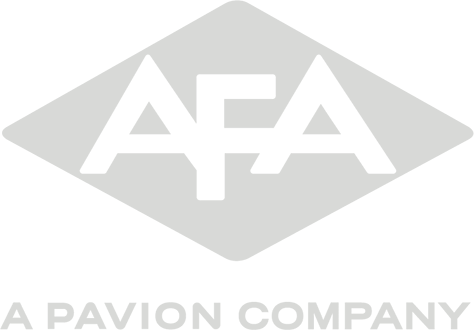Building Owners and Managers in the United States are subject to a variety of local, state and National fire codes. To help ensure buildings and fire alarms are code compliant, inspections are conducted by Authorities Having Jurisdiction (AHJ). This can include the local fire marshal, building inspector, or other code enforcement official. The purpose of these inspections is to identify problems with your fire alarm systems so they can be remedied before a fire occurs. If your building is found to be in violation of the governing fire alarm code, it could result in some steep fines for your building and can even have its Certificate of Occupancy revoked.
In this article we aim to identify some common yet easy to remedy fire code violations that can be found during inspections. This way you can be proactive, correcting issues with your fire alarm system and preparing for your next inspection.
MISSING OR DAMAGED DUCT/SMOKE DETECTORS
Duct smoke detectors, which are installed inside air handling units to detect smoke in the air being distributed through buildings by HVAC systems, have to be inspected on a regular basis. Due to the constant moving air, dirt and dust these devices can become compromised very quickly. Not to mention the fact that they’re usually installed in concealed and hard to reach spots. Regular fire alarm inspections by a licensed fire alarm professional could help to avoid violations and false alarms due to faulty duct detectors.
MISSING COVERS ON TAMPER AND/OR WATERFLOW SWITCHES
Waterflow and tamper switch covers are needed to protect the electrical and mechanical components within the device. These covers are frequently found missing during inspection. Missing or damaged covers are easy to replace and could help you avoid potentially costly repairs down the road should these devices get damaged. While it seems like this is only a minor thing, inspectors are always on the lookout for missing/damaged covers, and you should be too.
BLOCKED MANUAL PULL STATIONS
Manual alarm pull stations are part of every fire alarm system. Per code, manual pull stations must never be blocked or otherwise concealed. It is all too common for inspectors to find fire alarm pull stations blocked by items like plants and furniture. If a pull station is concealed and difficult to find, it could put people at risk. Take a walk around your building regularly to make sure all manual pull stations are all visible and easily accessible.
MISSED FIRE ALARM INSPECTIONS OR POOR RECORD KEEPING
The NFPA 72 National Fire Alarm and Signaling Code requires regularly scheduled inspections and servicing of all fire alarm systems. Your local jurisdiction most likely requires fire alarm inspections (2 to 4 times per year). These inspections should be done by a licensed fire alarm professional or company. Not complying with regular fire alarm inspections could put you at risk of fire code violations. It could also make your building more vulnerable to heavy damage should a fire break out.
Additionally, your building is responsible for maintaining up to date records of each fire alarm inspection. Maintaining good records is not only required; doing so helps to ensure you’re not missing any inspections, testing, or maintenance for your system. Your fire alarm vendor should provide your building with a report after each inspection to keep on hand.
CONTACT AFA PROTECTIVE SYSTEMS, INC. TODAY
Since 1873, AFA Protective Systems has provided alarm services to its loyal customers. AFA’s qualified technicians have unparalleled experienced installing, inspecting and servicing fire alarm systems. AFA’s service technicians provide responsive and reliable service so customers can be confident their property is properly protected. Call AFA today to enjoy the bottom line benefits and peace of mind that regular maintenance and inspections of your fire alarm system can provide your business.









